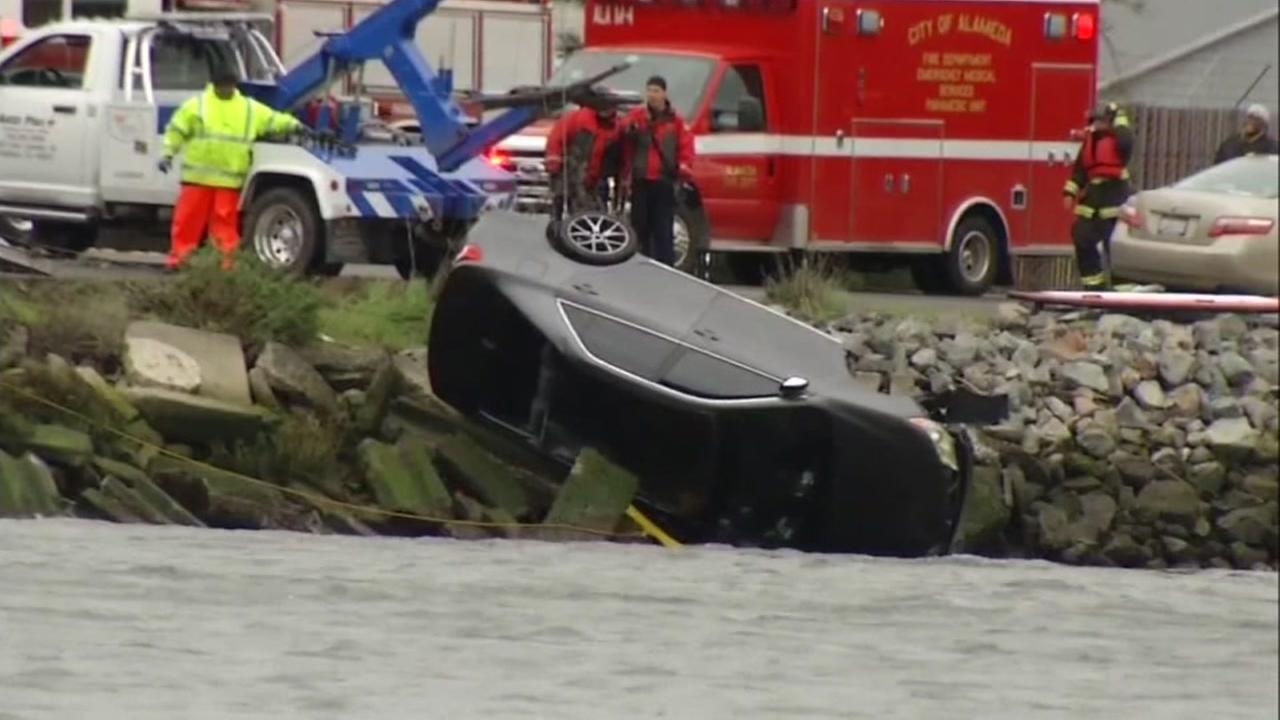Speed Memorial Best Rare
Mar 24, 2016. Free Download Hindi Movie Commando 2013. The Speed has long been recognized as one of America's best regional museums, with a large and diverse collection. Now, it has a world-class. The Speed Art Museum was created in 1925 by Hattie Bishop Speed as a memorial to her late husband, James Breckinridge Speed. The Kentucky Gallery. The development of reliable reduction-gearing systems and variable-pitch constant-speed propellers eliminated the problem entirely for airplane speeds conceivable in 1925 by rotating the propeller at slower speeds. At the time the best pursuit planes (the forerunners of what we call fighters) were only capable of about 200.

Bicycle Helmet Standards Summary: The Consumer Product Safety Commission bike helmet standard is required by law in the US. Some of the Snell Memorial Foundation standards are a bit more difficult to pass, but are not often used. ASTM continues to produce standards for other activities such as skating, skiing and downhill bicycle racing. Australia, Canada, Europe and others have bicycle helmet standards as well, and we discuss them below. We also have a page.
Standards Discussed Below • - The Government's Standard has been U.S. Law since March 10, 1999. • - Had been the Most-Used Standard, sidelined by CPSC • - Replaced by ASTM • - B-95 is a Premium Standard; B-90 is comparable to CPSC • • For a Summary - • For a Long Detailed Comparison Basics All of the standards discussed here require the helmet to pass a lab test where it is placed on an instrumented headform, turned upside down and dropped for a measured distance onto an anvil. The anvil can be flat, round (hemispheric) or another shape like a curbstone, a skate blade or a horse's hoof. Drop distances vary but are generally between one and two meters (3.3 to 6.6 feet). For the helmet to pass, the accelerometer inside the headform must register less than 300 g's during the impact, or in some cases less than 250 or even 200 g's. (We have.) The standard specifies the coverage required by calling out a test line, with the impacts aimed on or above it.
There is always a strap and buckle strength requirement, and sometimes a positional stability or 'rolloff' test to see if the helmet will stay on the headform when yanked fore or aft. For details, see our or our. CPSC Standard - The U.S.
Law The Consumer Product Safety Commission was with the development of a U. Edius 7 2 Keygenguru. S. Government standard for bicycle helmets, and began to do so in 1994. After working with an ASTM task group and producting two drafts for public comment, the third and final draft was approved in February of 1998, and was published. One has been issued since that time. The standard covers all helmets produced for the US market after March 10, 1999. Since that time it has been the most-used standard in the U.S. Market and the world.
You can read a on the CPSC Web site. We have a whole that we collected during the development of the standard if you want to trace back through that for a research project. We also have a page of. The agency has a new lab for occupancy in December of 2010. Mobilesyncbrowser Crackberry here. The CPSC standard uses a lab test drop of 2.0 meters on a flat anvil and 1.2 meters on a hemispheric and a curbstone anvil.
BHSI began participating in the CPSC meetings in September, 1994, and provided on the CPSC drafts. We also participated in the ASTM task group that provided of comments received on the standard by CPSC. In addition we send a representative to all of the CPSC public meetings, including the meetings to discuss the proposed addition of a requirement for reflective surfaces to the CPSC standard. CPSC held another public meeting on June 5, 1995, for further discussion of that subject and their proposed coverage requirements, which were somewhat greater than the ASTM requirement had been. We attended and helped to organize a test in June of 1995 of various reflective tapes that could be required on helmets. We were hoping that CPSC would hold the line on the test line requirements and add a requirement for a retro-reflective surface area to make helmets more visible under night conditions.
In fact, they fell back a little on the test line, but held it in the final one. They eliminated the reflective requirement from the final rule after finding that reflective tape did not help recognition distances in their tests. We were keenly disappointed that the final draft also eliminated the use of lower of g levels for child helmets and lighter test headforms more consistent with a child's head weight. Instead child helmets are tested to the adult standard as if there were no difference in their heads.